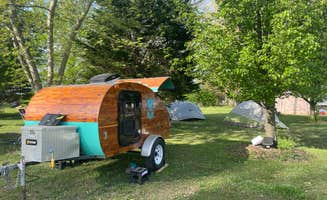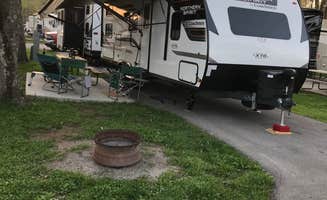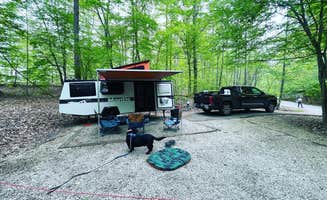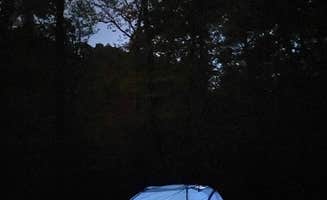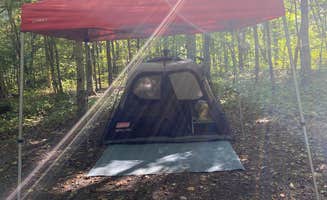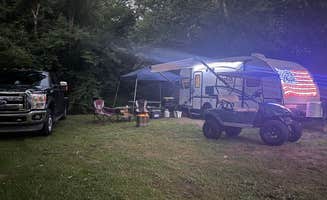Best Campgrounds in Kentucky
Kentucky's public lands feature a mix of established campgrounds and primitive sites spanning diverse landscapes from Daniel Boone National Forest to Mammoth Cave National Park. Campgrounds like Twin Knobs Recreation Area and Zilpo Campground provide accessible options for various camping styles including tent, RV, and cabin accommodations. Kentucky Horse Park Campground near Lexington offers year-round camping, while several locations in Daniel Boone National Forest provide more secluded experiences with fewer amenities but greater immersion in natural surroundings.
Most Kentucky campgrounds operate seasonally with many state park facilities open from April through October. Many sites require advance reservations, particularly at popular locations near water features or during peak summer months. Access roads to developed campgrounds are generally well-maintained, while dispersed sites may require vehicles with higher clearance. A camper noted, "The road coming in is a little washed out but not too pitted. I'd recommend AWD/4WD and 8+ inches of clearance, especially if it has rained because it's pretty steep in sections." Weather considerations include humid summers and occasionally stormy spring conditions that may affect camping comfort and accessibility.
Waterfront camping represents a significant draw throughout Kentucky, with several campgrounds situated near lakes and rivers. Zilpo and Twin Knobs campgrounds near Cave Run Lake receive high ratings from visitors who appreciate the combination of water activities and forest surroundings. According to one visitor, "One picnic table and fire pit. Dispersed camping. We took our portable firepit and sat by the creek for a beautiful evening." Campgrounds with electric hookups and improved amenities tend to fill quickly during summer weekends. Primitive tent camping in more remote areas provides greater solitude but requires self-sufficiency. Kentucky's mix of developed campgrounds and dispersed sites accommodates various camping preferences, with the most developed facilities offering amenities like showers, laundry facilities, and camp stores, while remote sites provide a more traditional outdoor experience with minimal infrastructure.


